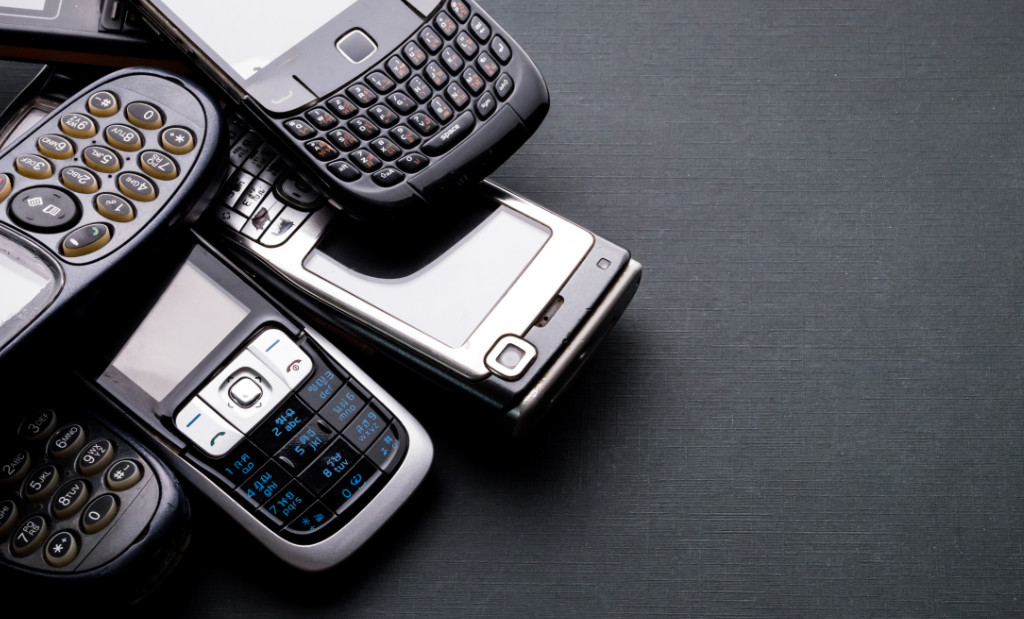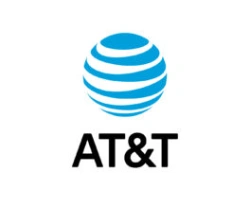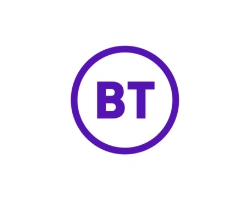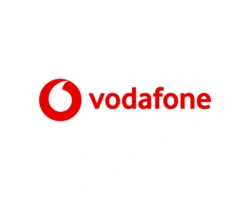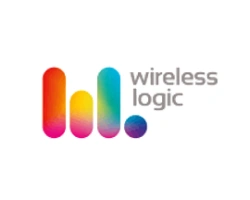The Mobile Revolution
At Global Telecom Networks, we offer our clients packages that include cutting edge mobile technology and innovative data usage, but in order for the technology to have reached this point, it has gone through several stages of evolution.

The development of mobile phone technologies began in the late 1960s, continuing throughout the 1970s. At this point however, the phones were too hefty to be considered truly mobile. In 1984, upon the release of the Motorola DynaTAC 8000x, we saw the first true evolution of mobile technology. Although it weighed in at almost 1kg with dimensions of 30cm x 9cm, it was ultimately portable. A barrier to entry remained though, with the unit cost of £2480 pricing many out of owning the product. This era also saw the advent of mobile data, although 1G networks could not transmit mobile data, merely voice over cellular networks.

Moving into the 1990s, Motorola continued to be the pioneer of mobile technology. Their newest designs included the flip-over screen, a useful advancement that prevented buttons from being pressed accidentally. These designs, unlike their predecessors, could fit snuggly into a shirt pocket which meant that they were more portable than ever before. It was also in the 1990s that Nokia came into prominence. Their 1011 model was the first Global System for Mobile communication (GSM) phone, meaning it used digital networks rather than analogue ones. The 1990s also saw the introduction of 2G technology meaning that service providers were able to offer multimedia transmission. This allowed for the invention of SMS messaging, a milestone advancement in mobile technology and data usage.

3G networks came into widespread usage in the next decade, sporting higher speeds and bandwidth than the previous generation was capable of. This advancement in technology was able to support video calling and was almost synonymous with modern smartphones which came to fruition at a similar time. Representing another key milestone in the development of mobile technology, smartphones started to appear in the mid-2000s. Phones were no longer just for making calls, but served a more multi-faceted purpose. Their newfound uses included taking good quality pictures, checking emails and calendar management. Smartphones were also GPS enabled, allowing a user to use sat-nav services on their phone.
The fourth generation of mobile data, or 4G, began to replace 3G as the 2010s began. Orthogonal frequency-division multiplexing (OFDM) and multiple-input multiple-output (MIMO) technologies were used for 4G networks, allowing for transmission through several channels at one time and in turn increasing the propensity for more data to be transferred simultaneously. 4G networks also allowed for more bandwidth, improved cell density and voice over IP capabilities. In addition, the 2010s came with many advancements in the physical technologies seen in mobile phones. Features such as high-quality cameras, larger screens and face recognition rose to prominence, further increasing the utility of such devices.

In the present-day, we are witnessing the rolling out of 5G technology. It is built on the foundations of 4G networks, but use a system of small cell stations to allow for increased coverage and speed. Lower latency and real-time communication capabilities are also features of 5G. Further improvements of 5G networks will increase the availability and speed of such networks. This may, in the future, remove the need for wi-fi connections as more and more new devices will become 5G enabled. 6G networks are also in the works. These networks will facilitate the growth of edge-computing, bringing the storage of data closer to where it is needed, resulting in savings of bandwidth and improved response times. Such improvements in speed will also help to facilitate the growth of the internet of things, allowing interconnected devices to send and receive data even faster than was previously possible
